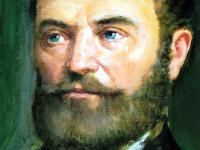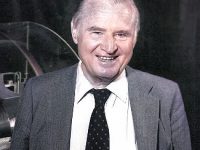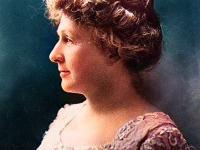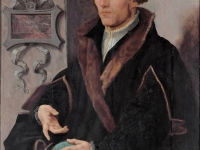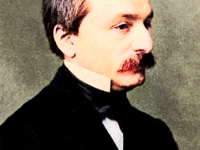Jane Austen, a Keen Observer Always with a Twinkle in the Eye
On December 16, 1775, English novelist Jane Austen was born. She is considered to be one of the most widely read writers in English literature. I do really appreciate Jane Austen’s novels, esp. her famous ‘Pride and Prejudice‘ and also ‘Emma‘ or ‘Nothanger Abbey‘ which all of them I can recommend to you if you haven’t read them up to now. I personally like Jane Austen’s style of narration, always with a little twinkle…
Read more












